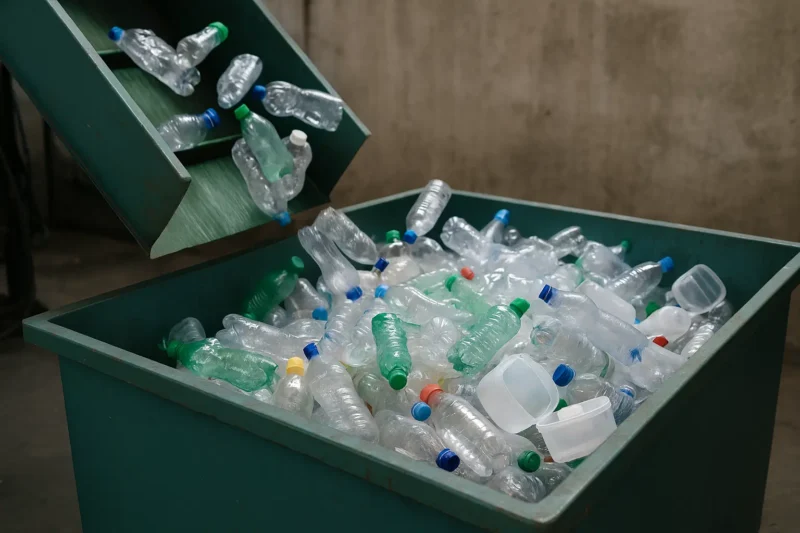A new study reveals that global plastic recycling rates have stalled at under 10 percent, signaling a “pressing global environmental challenge,” according to researchers from Tsinghua University in China. This comes amid a significant surge in plastic production.
The overwhelming majority of plastics are still made from virgin resin derived from fossil-fuel-based feedstocks, which the researchers argue “compromise[s] the global efforts to mitigate climate change.”
Published in Communications Earth & Environment on Thursday, the study contributes to a growing body of research on the environmental impact of plastic pollution across the supply chain. Last month, an investigation linked more than 25 major brands using plastic packaging to fracking in America’s Permian Basin, which has been described as a ‘carbon bomb’ due to the catastrophic impact its full extraction would have on global emissions.
To create a unique global analysis of the plastics sector, the researchers used national statistics, industry reports, and international databases from 2022. Their findings show that just 9 percent of the 437 million tonnes of new plastic produced that year came from recycled materials.
“The global recycling rate remained stagnant […] reflecting little improvement from previous years,” said authors Quanyin Tan, Khaoula Houssini, and Jinhui Li.
The US, the largest consumer of plastic per capita, has one of the world’s lowest recycling rates, with only 5 percent of plastic being reused. This situation worsened after China imposed a ban on plastic waste imports in 2018. While the global recycling rate holds at 9 percent, there has been a “significant shift” in waste disposal methods, with an increasing move from landfilling to incineration.
Landfills remain the primary destination for plastic waste, accounting for 40 percent, though this share has been declining. Meanwhile, incineration has risen to 34 percent. Japan, China, and the EU have the highest plastic incineration rates, with 70 percent, 60 percent, and 38 percent of their plastic waste being burned, respectively. In Europe, this is linked to a focus on energy recovery and waste-to-energy initiatives.
However, burning plastics brings its own risks, releasing harmful pollutants that require advanced technologies and strict regulations, the researchers warn. While consumers sort their waste with good intentions, only 38 million tonnes of the 75 million tonnes of plastic collected annually is successfully recycled.
The study identifies several barriers to recycling, including the wide variety of plastic materials, contamination from food and labels, and the difficulty of processing them at recycling facilities. Economically, virgin plastic is often cheaper to produce than recycled plastic, partly due to fluctuating oil prices, which discourages investment in recycling infrastructure and technology.
The researchers urge that more action be taken during the design phase of plastic products to ensure they can be recycled more efficiently.




